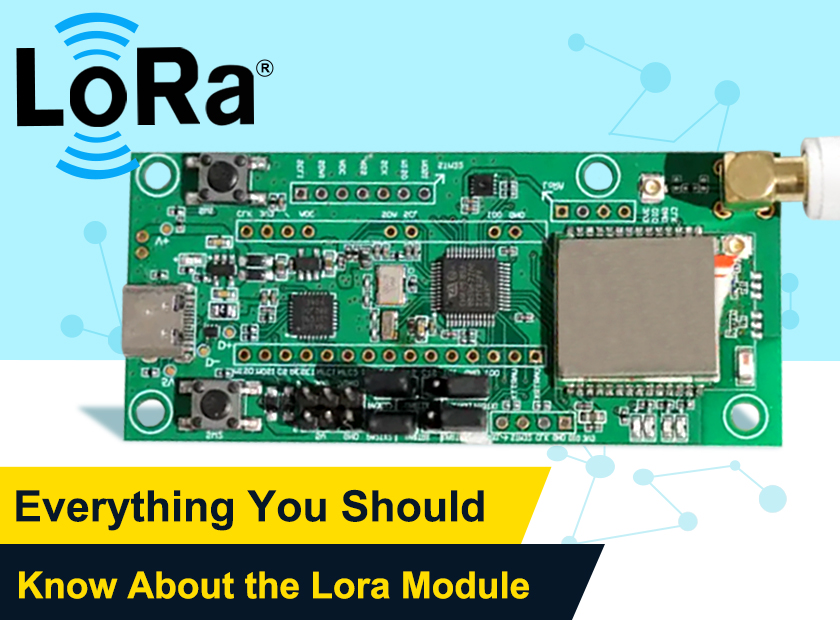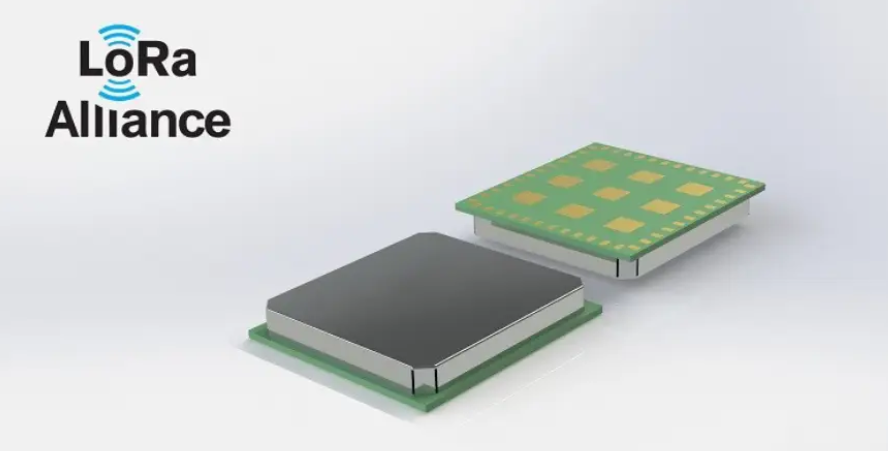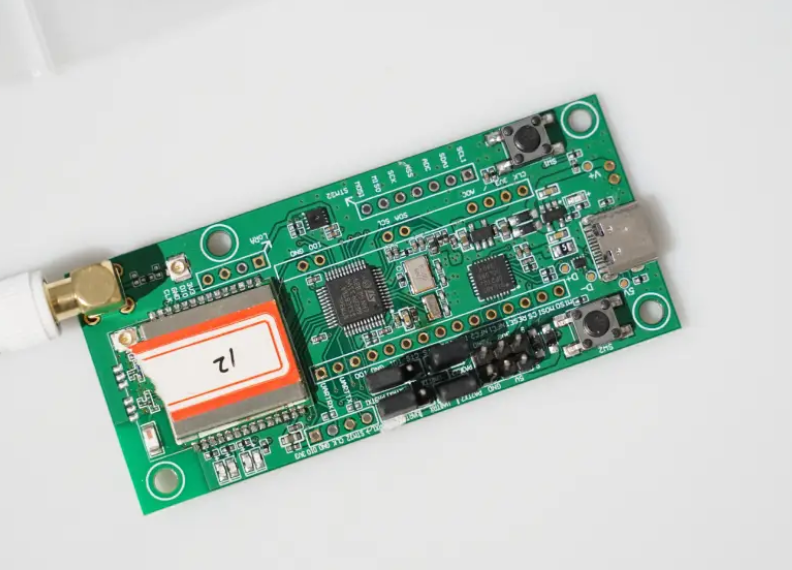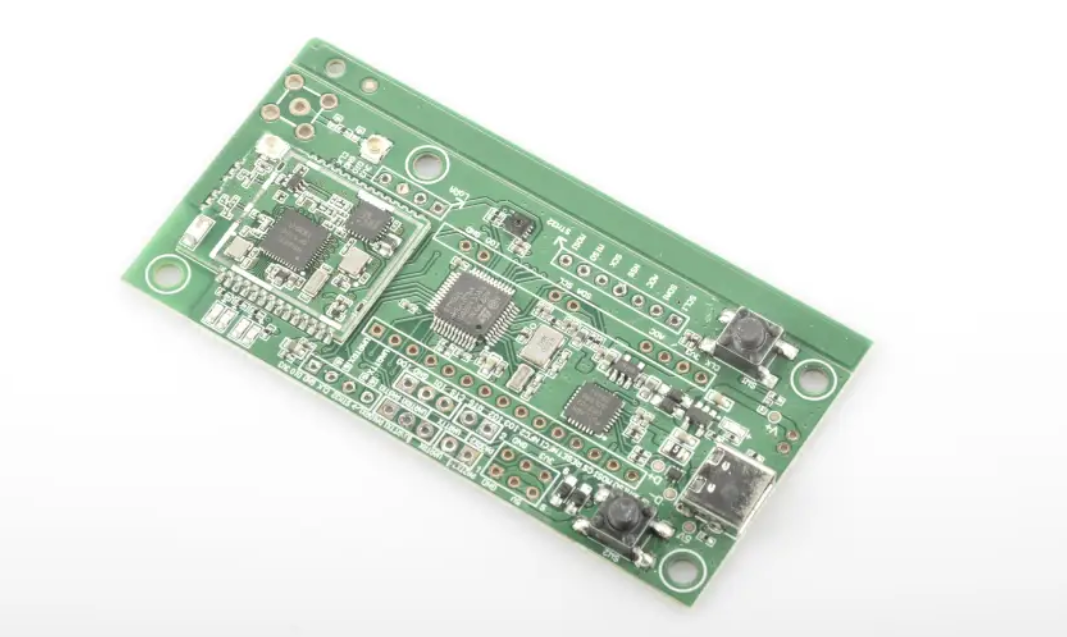Everything You Should Know About the Lora Module

Everything You Should Know About the Lora Module
Prologue
In recent years, the Internet of Things (IoT) has rapidly changed the way we live and work. From smart homes and cities to industrial automation and agriculture, IoT has revolutionized the way we interact with our environment. And at the heart of this technological revolution are wireless communication modules such as the Lora modules. With its long-range and low-power capabilities, The Lora modules have become a popular choice for a wide range of IoT applications. But what are Lora modules, and what are their advantages and disadvantages? In this blog, we will explore everything you need to know about the Lora modules. Whether you are an IoT enthusiast, a technical professional, or a curious learner, this blog will provide you with a comprehensive guide to the fascinating world of Lora wireless communication.
What is Lora Module?
With Lora, you can transmit wirelessly over long distances using spread spectrum technology. Lora uses Direct Sequence Spread Spectrum technology, which is highly immune to interference and has high receiver sensitivity with low power consumption. Lora is a key member of the Low Power Wide Area Network (LPWAN).
Originally developed by the French company Cycleo, Lora is an innovative semiconductor technology. Semtech then acquired the company and developed the Lora communication chip based on the technology, and covered and popularized Lora through the Lora Alliance as a result of its Lora follow-up start coverage.

Based on Semtech's chips, Lora modules are a type of wireless communication module with small integrated size, low power consumption and high sensitivity, which have greatly contributed to the development of Lora.
What makes the Lora Module stand out?
Less Power consumption and improved receiver sensitivity
The Lora modules boast an exceptional sensitivity of -139dBm, resulting in an impressive link budget of 175dB. These features enable the Lora communication system to achieve a transmission distance of up to 15km, given appropriate environmental conditions. Additionally, Lora's idle current is a mere 200nA and only 10mA when receiving signals. This low power consumption allows the chip to remain dormant for extended periods, significantly extending the battery life. A typical Lora battery can last up to 5 years. By taking into account both signal transmission distance and battery life, the design of Lora stands out among many other physical network systems.

Strong anti-interference
One of the advantages of the Lora wireless module is its strong anti-interference capability. In addition to having a high receiving sensitivity of -139dBm, it uses the Lora wireless spread spectrum technology. It has better penetration than GFSK and FSK modules and can greatly reduce the number of gateways, thus saving money on construction costs.
Long transmission distance
The industrial control field often requires long communication transmission distances in complex environments such as mountains, jungles, lakes, etc. With its open transmission range of more than 5000 meters, the Lora modules can solve both low power consumption and long-distance problems, making it a good choice for industrial control and wireless meter reading projects.
Support parallel and asynchronous processing of multi-channel information
Nodes must be connected to the IP network by bridges. A gateway is like a bridge connecting nodes to a network. A gateway becomes more capable as more communication occurs between nodes each day, and the performance improves, that's what makes the Lora modules stand out, within one day, the Lora gateway can handle 5 million information transmissions.
The Lora modules support multi-channel parallel processing, which increases its information processing speed, and its Lora gateway has a large information capacity and a long transmission distance. With Lora, a Lora gateway can communicate between nodes in a large area, thereby reducing the number of Lora gateways, simplifying the Lora equipment installation process, and reducing the cost of the Lora system.
Support positioning and distance testing
The distance measurement of Lora is based on the airtime of the signal instead of the traditional RSSI (Received Signal Strength Indication), while the positioning is based on the measurement of the airtime difference between several points (gateway) and one point (node). Assuming a range of 10km, its positioning accuracy can reach 5m.
Based on the time difference of signal transmission, Lora determines the positioning of the target. Lora has support for one node to transmit data to several nodes. The signal can be positioned based on the time difference of signal transmission to multiple gateways. The theoretical accuracy is up to 5 meters, but this positioning is highly influenced by the environment.
Top-notch concealment and stringent confidentiality
The Lora modules are designed in such a way that they cannot be obtained or analyzed by traditional wireless devices. Despite this, devices can still communicate effectively as long as the average power in the band remains below the bottom noise level.
Easy to install and deploy
There is no license required for frequency band nodes and the spectrum transmission stage is free, the modules are relatively inexpensive, the standards are strictly formulated, the installation and deployment are easy, and they are relatively inexpensive.
Disadvantages of Lora modules
Spectrum interference
As Lora develops rapidly, different businesses will deploy their own Lora networks and devices. Also, Lora devices become capable of transmitting data to multiple gateways, as Lora signals have a long distance to travel, and spectrum interference will result.
A new network needs to be created
Currently, Lora signals are supported by the operator's base station. To deploy Lora signals, a signal tower, base station, and gateway must be constructed.
Technology is too concentrated
As Semtech holds the core technologies of the Lora modules, and only Semtech is capable of manufacturing Lora chips, this closed ecosystem does not facilitate the development of Lora.
Lora Module Applications
Wireless smoke alarm
A city's rapid development has resulted in an increase in size, more and more buildings, more and more people, and an increase in security work, among other things. The protection of the city from fire is a vital part of its safety. Detectors must have high sensitivity to prevent fire, and they must be highly sensitive to transmit smoke information to the entire building, the Lora modules have a specific signal transmission distance and long working time, which makes it ideal for wireless smoke alarms.

Environmental detection
Environmental detection is a critical task that can be resource-intensive and time-consuming using traditional methods. However, Lora's technical characteristics such as low power consumption, low cost, and long-distance capabilities make it a highly suitable solution for environmental detection. To take advantage of these benefits, sensors can be placed at strategic locations to collect data on various environmental factors such as temperature, wind speed, water level, flow, and PM2.5. By integrating these sensors with Lora modules, the collected data can be transmitted to an environmental processing center where it can be analyzed and processed efficiently. With Lora's technical capabilities, the performance of this system can be fully realized, making it a cost-effective and efficient solution for environmental monitoring.
Intelligent meter reading
The Lora modules are widely used in smart meter reading and represent a particularly successful use case for Lora technology. By integrating the Lora modules into smart electricity or water meters, data can be collected remotely without the need for manual reading by meter readers. The Lora modules and the Lora gateway transmit this data directly to the management background, allowing remote control centers to charge corresponding water and electricity fees based on the collected data. The extensive use of Lora modules in smart meter reading has contributed significantly to the development of smart cities.
Final Words
In short, Lora modules are a type of high-performance module that enables long-range communication in IoT applications. Their low power consumption, high sensitivity and long battery life make them an attractive option for a wide range of industries.
If you're looking for a reliable supplier to support Lora modules and provide other electronic components, Elecrow is a good choice. With their commitment to quality and customer service, they're an excellent choice for anyone looking to bring their IoT project to life. Their comprehensive range of services, including component sourcing, PCB design, and PCB assembly, ensures that you'll have the support you need every step of the way. If you want to take your IoT electronics ideas to the next level of profitability, consider Elecrow's Partner Seller Program. Elecrow is launching the Partner Seller Program today to help any maker turn their DIY electronics ideas into a commercial reality.
Join Elecrow's Partner Seller Program to reap the benefits!
